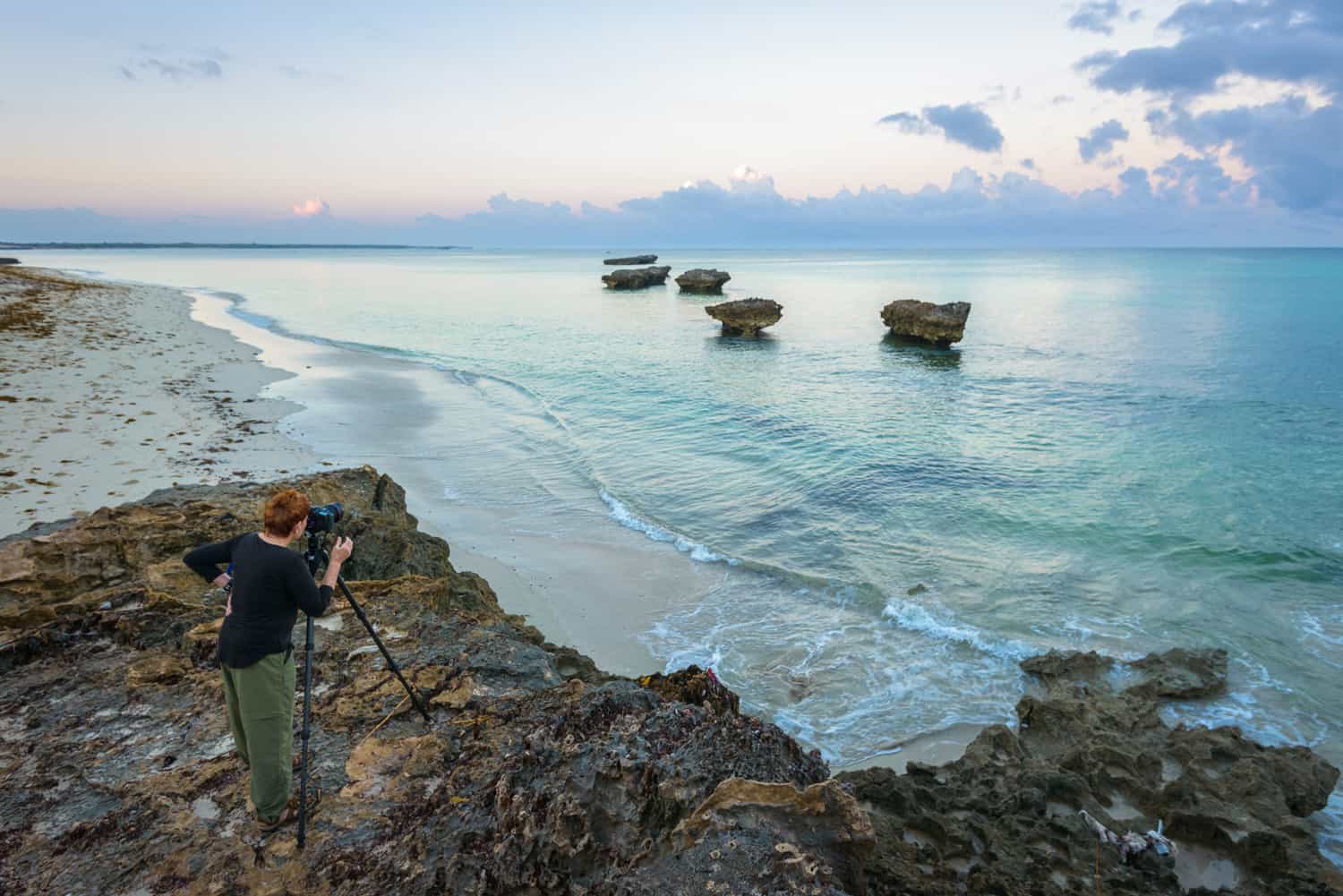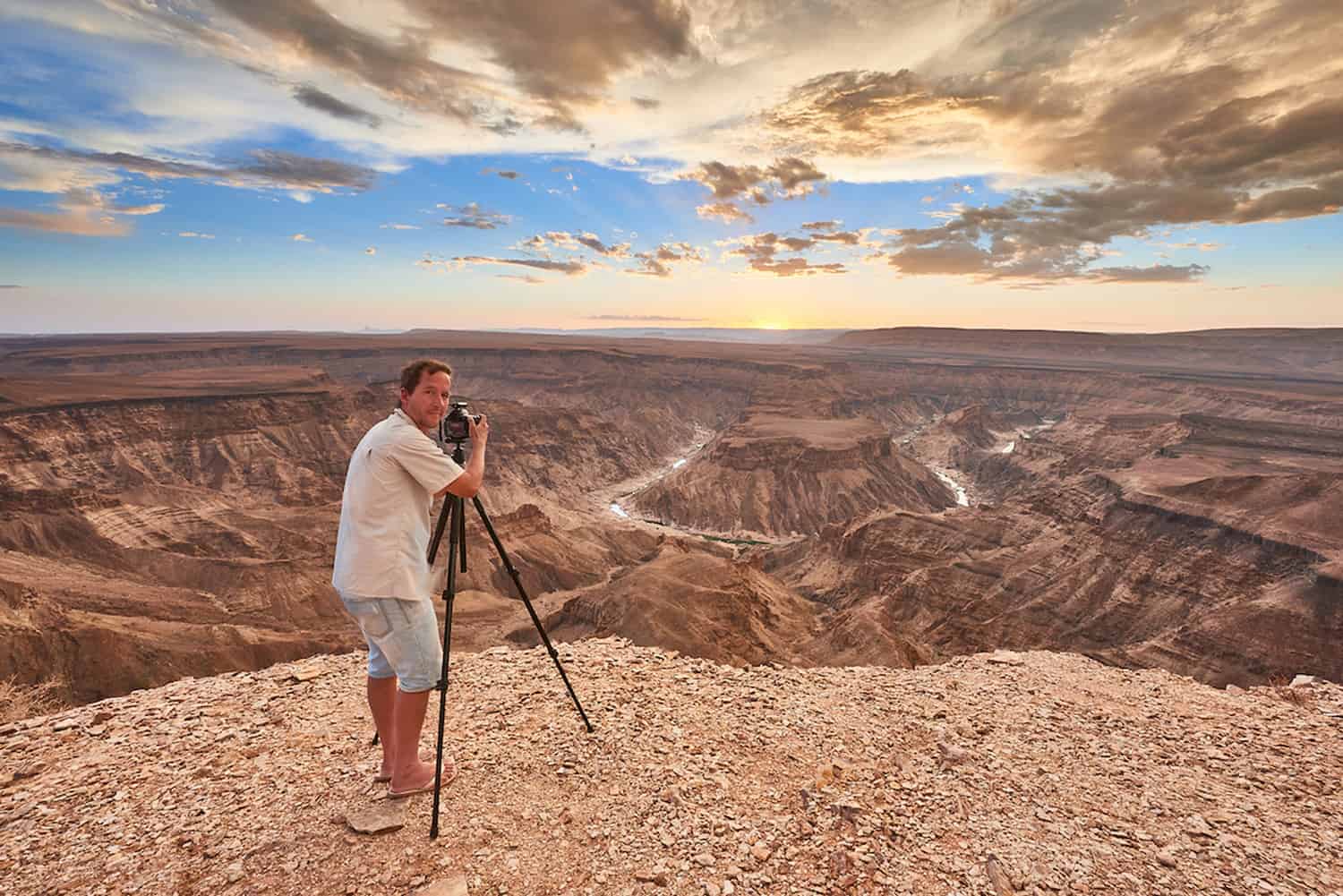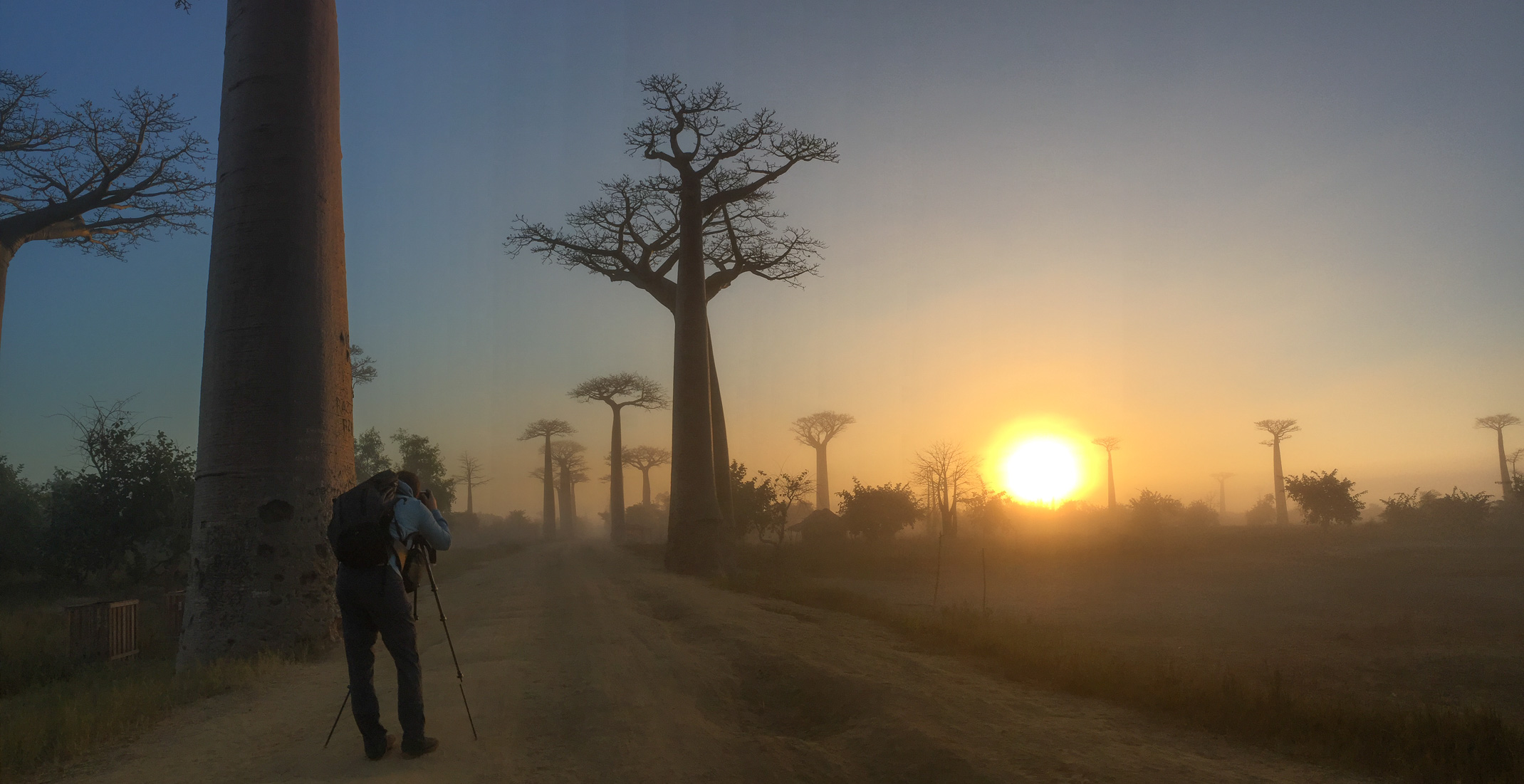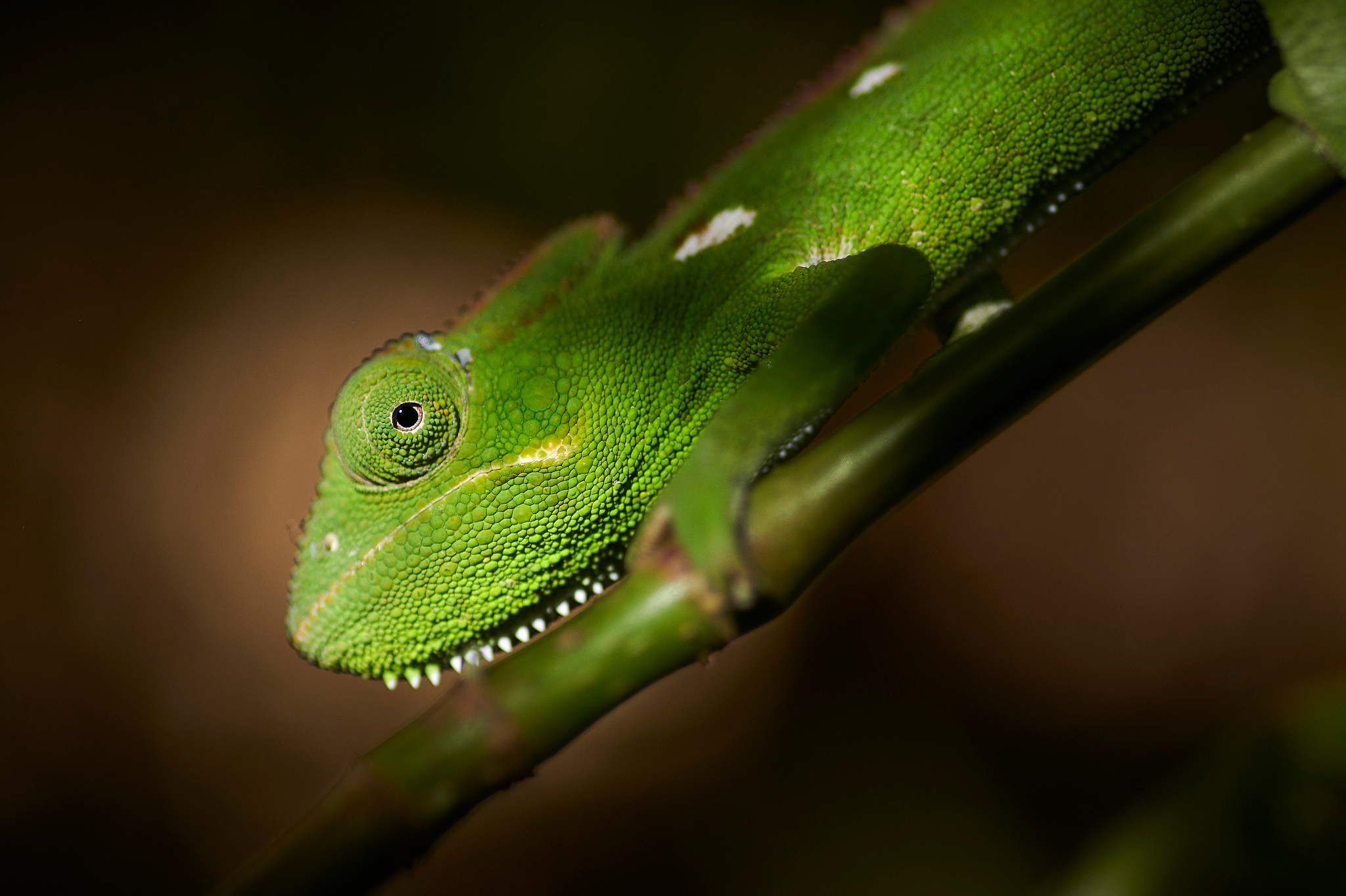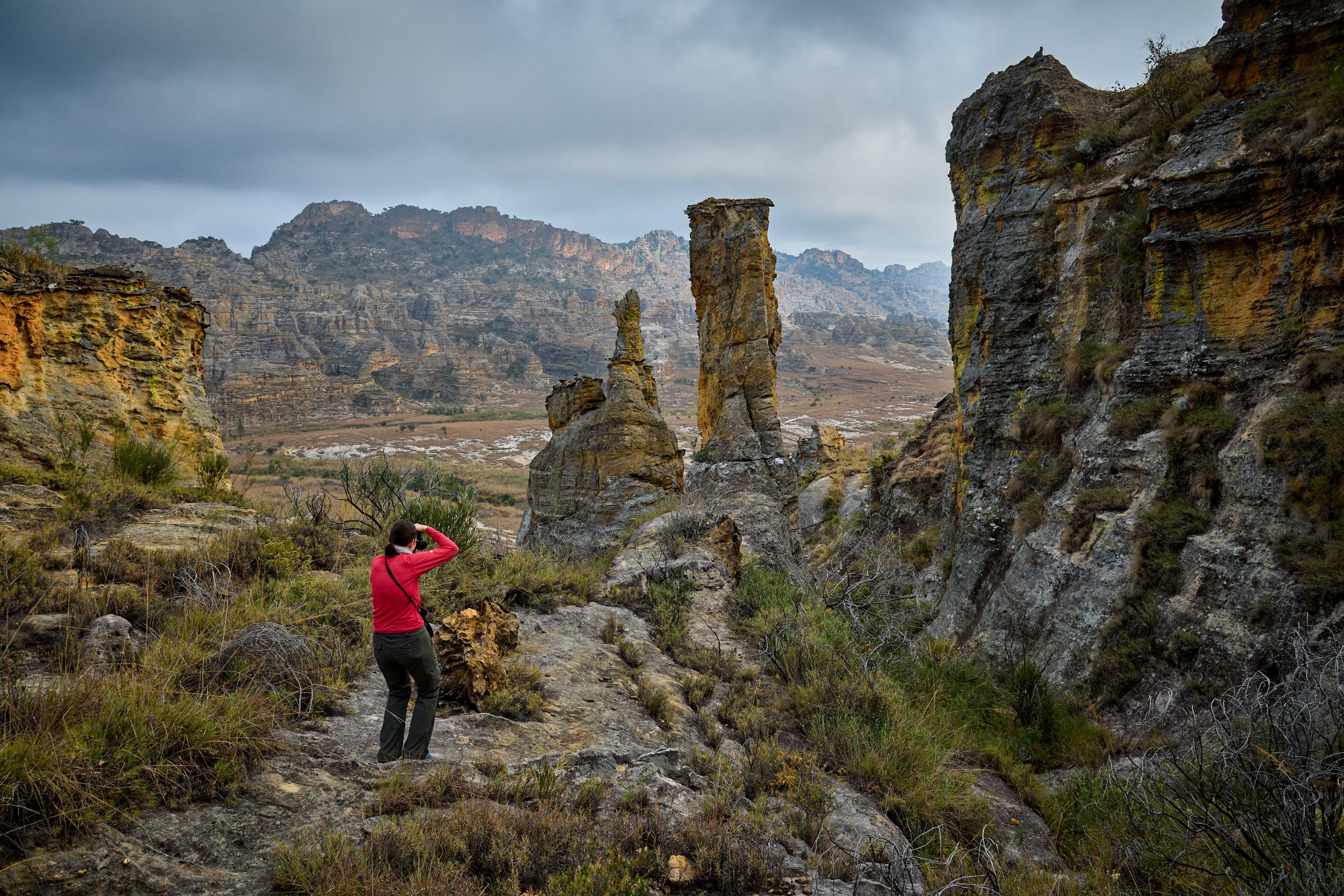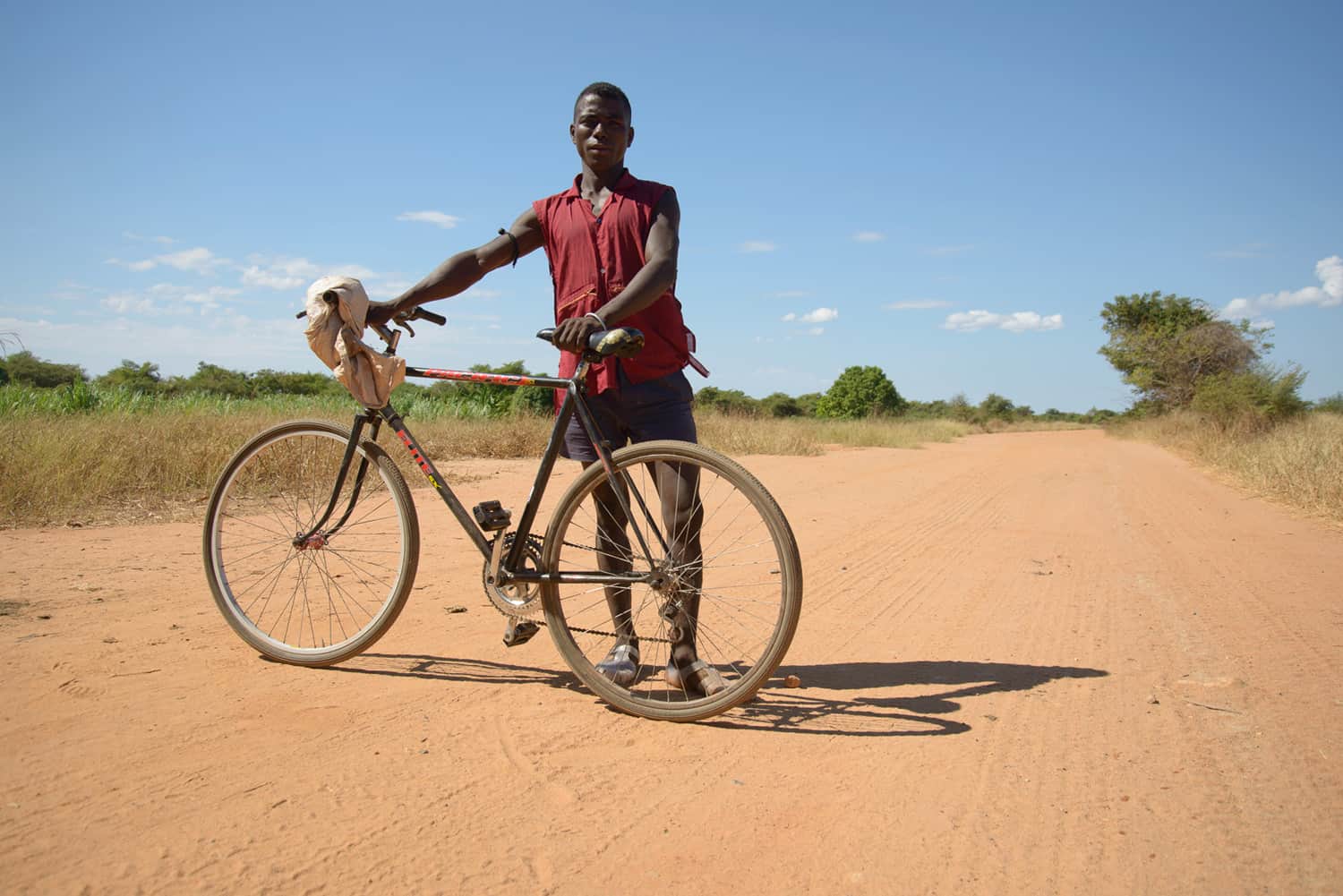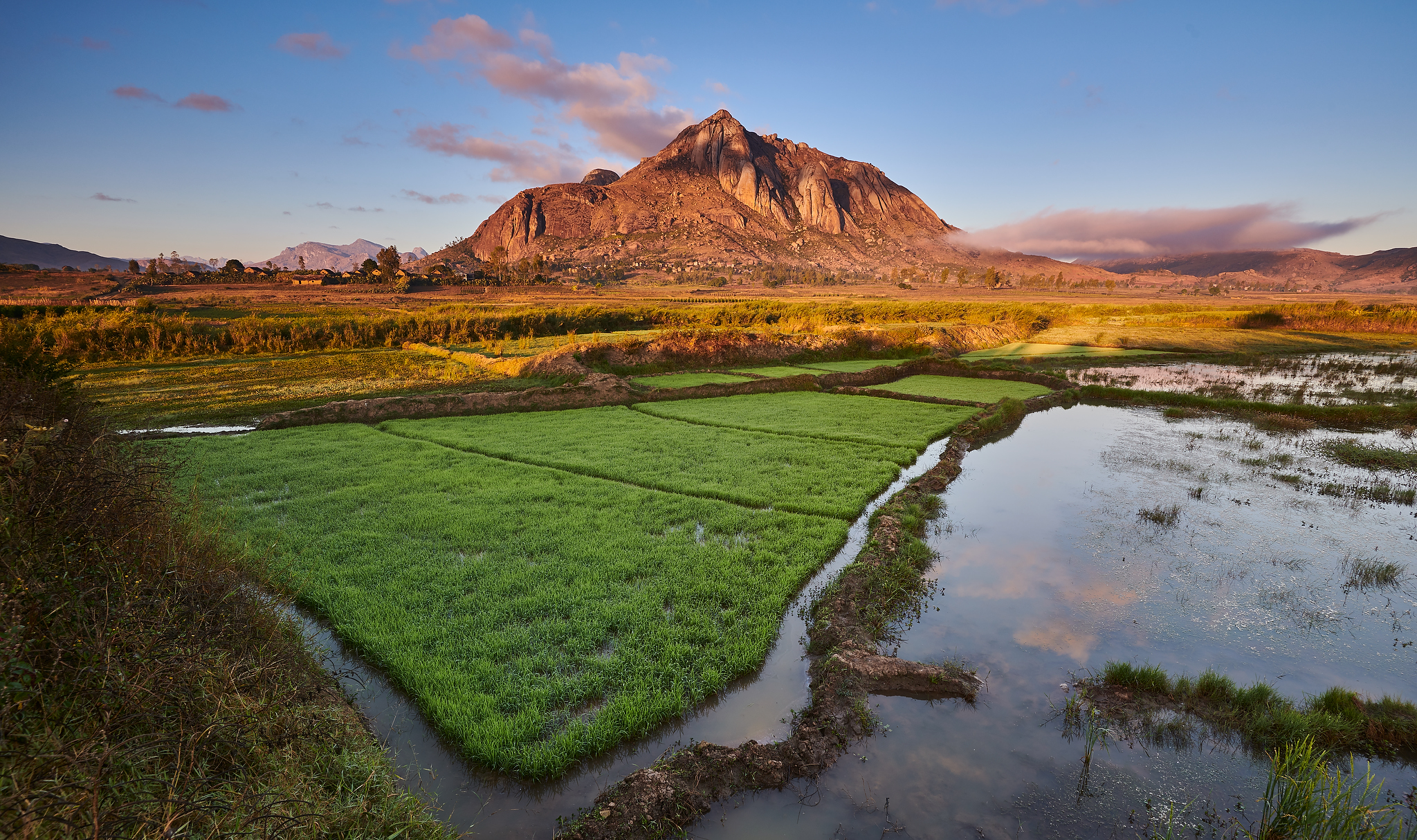You’ll arrive in Tana in the afternoon, where we’ll meet you and take you to your hotel. Here, you’ll meet the team and the other photographers.
After an early breakfast, we’ll make our way back to the airport to fly down to Morondova. This short flight will bring us to the coastal town made fanopus by it’s access to the Allee de Baobab. The short flight means we get some rest time before setting out to the fabled Allee de Baobab (Baobab Alley) which is about half an hour’s drive from Morondova. We shoot the alley until dark before heading back to Morondova and the fabulous Chez Alain restaurant.
One of the best times to see the famous alley of baobabs is in the pre-dawn light, long before villagers wake up and tourists arrive. For this reason, we’ll set out early to the baobabs in order to photograph these incredible giants under the night sky and a panolpy of stars. After our morning shoot we’ll head back to Morondova for a quick breakfast before setting out to Belo de Sur. Belo is small village surrounded by vast flat salt plains. Here we’ll be able to shoot in the late afternoon as light plays out across the flat white expanse, or wander out to where the shore meets the shallow estuary system that feeds the salt flats.
This is a long but interesting travel day. The sandy road between Belo and Manja can be extremely treacherous in some places and the drivers will have to select the most appropriate track depending on how high the rivers are. Most of the rivers have to be forded as there is very little infrastructure between Morondova and Tulear in the south. After the rainy season fords might have moved, thus it might take some time to find the right track. After 6 hours on a bumpy road we reach Bevoay where we cross the Mangoky River by ferry. After this the river and vegetation changes to thorny bush and baobabs and the road becomes the main road again (although you wouldn’t believe it).
We’ll spend the night at Chez Katia, A beautiful series of bungalows set directly against the ocean. It makes for a much needed finish to a long day of driving.
We’ll set out early in the dark in order to make our way to an interesting stand of baobab trees for a picnic breakfast. This also allows us to see some of the interesting grassy hills that start to populate the landscape (a change from the flatness of the previous two days). We reach Andavadoaka on the coast at the end of the afternoon after first photographing an incredible stand of Fony Baobabs. The next few nights will be spent at the wonderful Laguna Blu Hotel with it’s phenomenal location along a shoreline of carved limestone features.
After several days of travelling the first morning shoot is entirely voluntary, although once photographers see the view outside their cabins they are likely to grab tripods and hurtle down to the shore. Our location is chosen for the diversity of photoshoots available within a relatively small area. We’ll spend the time at Laguna Blu between photographing the local fishing village, the coastline, stands of baobabs and nearby ponds (when there is water in them) as well as the iconic spiny desert. Thanks to the time spent here, we’ll also have the opportunity for some really interesting star trail and milky way photo sessions.
After an early morning shoot we’ll set out to an area north of Toliara. Todays track is relatively short but the segment near Befandefa is dreaded by all drivers : 30 km of soft sand. If you stop you’re stuck, if you change gears you stop and are stuck. But the scenery is worth it: mangroves, mudflats, saltpans, dunes, the blue lagoon, and fishing villages. We have chosen the rest spot for access to the incredible black mangroves that litter the sides of an enormous brackish water estuary system. Late afternoon and the following morning can be used to photograph these magnificent plants against azure like water and alabaster white sands.
After an early morning shoot of mangroves followed by breakfast, we’ll set out for Isalo. The goal is to reach Isalo around lunchtime so that we are able to explore the picturesque rocks around our accommodation. This is in order to catch the last light of day as it it lights up the rock features against a pink and purple sky. Along the way we’ll also start to see a change in the villages and the people as we move into the Mahafaly and Antandroy territories. We’ll cross the national park of Zombitse, a transition zone between the dry south and the land of Isalo, a formation of continental sandstone rocks.
Isalo is known for its geological formation. Composed of eroded sandstone colored red/brown by iron minerals and green by lichens, this mountain massif offers some of the most spectacular scenery in the country. The rock seems to lie in waves of sandstone and quartz that light up in shades of orange, red and gold in the right lighting conditions. We have managed to team up with one of the most influential mountain guides in Isalo and are able to access the park in the early hours so as to reach some of the viewpoints for dawn light.
For those who feel like an early morning shoot there is the option of a dawn shoot amongst the incredible rocks around our accommodation. After breakfast, we’ll head on to Ihosy, which is the capital of the Bara tribes who are shepherds of the iconic Zebu cattle that are a signature of the island. We pass through the huge “plateaux de Horombe” with its very spacious savannah. This is an excellent spot to view the typical Bara villages with their triple story structures and red mud plastered sides. While travelling across the plain we are also likely to see large herds of Zebu. The latter part of the drive is stunning as we climb into the mountainous interior of Madagascar. Along the way we will also pass the incredible “Bishop’s Hat” – a granite massif that rises like a Madagascan Ayre’s Rock from the grassland below. We’ll try to take the day relatively sedately as there are quite a few interesting locations along the way. With luck we will also have a final sundowner shoot before entering the valley where our accommodation, La Varangue de Betsileo resides.
Betsileo and the larger town of Ambalavao are nestled in a cradle of magnificent granite topped peaks. In the morning, as the sun heats the surface of the earth, the valleys are commonly shrouded in mist and fog that swirls around the base of the mountains. This can make for some extraordinary photographic opportunities. Because of this, we have opted to spend three nights in Betsileo. The days are divided between visiting Anja park, the zebu cattle market and traders market in Ambalavao and exploring the valley for landscape images.
Anja park is a community run sanctuary that lies snug against the base of one of the enormous granite peaks. It is one of the best places in Madagascar to see and photograph the ring-tailed lemur. Unlike other parts of the country the people in the valley consider it fady (taboo) to harm the lemurs. As a consequence the lemurs of Anja have no fear of humans and it is possible to get right up close to them for photography.
The nearby town of Ambalavao offers the unique opportunity to photograph the zebu market; a large open area that once a week plays host to hundreds of zebu and dozens of farmers who haggle and trade. Nearby is also the frenzy and bustle of the weekly market, which is a trove of photographic opportunities. Naturally there are also the majestic mountains that surround the valley as well as the colourful mozaic of rice fields to keep the photographic eye busy, as well as time spent on Photoshop and Lightroom sessions.
Today we will leave the South behind us and enter The Highlands. In the town of Fianarantsoa, it is considered a must for photographers to visit the shop of Pierrot Men, Madagascar’s most famous photographer. Although he travels and exhibits all over the world, you might just be lucky and meet him.
Antsirabe is one of the largest cities in Madagascar. What makes it special is its position in the heart of the mountain chain that runs like a spine down the length of the island. Bisected by a large river and flood plain, the city is both historic and picturesque. Our plan for this last shoot location is to access some of the rice paddy system and photograph farmers and their livestock as they tend the fields in the early morning and afternoon.
Classic images of Madagascar can be created in the environment, particularly as we haven’t quite reached the bustle and business of Antananarivo (which comes with other consequeces such as a world-weariness of camera toting tourists). Antsirabe still offers the quintessential Madagascan town without the trappings of the capital.
We’ll set out in the early morning for a photowalk near Betafo Village, starting first at the mirror like reflection of Tatamarina Lake. This fantastic experience allows the group to photograph the patchwork fields and villagers as they walk to market in the morning.
This is the end of the trip, and you can opt to fly out straight away, or stay in Antananarivo a bit longer (we can help arrange accommodation if you’d like). Most photographers choose to fly out in the afternoon on one of the international flights to either Paris, Dubai, or Johannesburg.
